Literature Circles with Multilingual Learners
Walk into a middle school classroom during a lively literature circle and you’ll hear questions, laughter, debate, and—most important—learners...
AP & Honors Mathematics
Explore Wiley titles to support both AP and Honors mathematics instruction.
Literacy Skills & Intensive Reading
Connections: Reading – Grades 6–12
Empower student success with a proven intensive reading program that develops strong reading skills in striving readers.
Drama, Speech & Debate
Basic Drama Projects 10th Edition
Build students’ confidence and competence with comprehensive, project-based theatre instruction.
Literature
Connections: Literature
Support learners as they study dynamic, relevant texts and bring the richness of diverse voices to students through literature.
Literature & Thought
Develop critical thinking, reading, and writing across literacy themes, genres, historical eras, and current events.
Language Arts
Vocabu-Lit® – Grades 6–12
Help students build word power using high-quality contemporary and classic literature, nonfiction, essays, and more.
Connections: Writing & Language
Help students develop grammar, usage, mechanics, vocabulary, spelling, and writing and editing skills.
Reading/English Language Arts
Measuring Up to the English Language Arts Standards
Incorporate standards-driven teaching strategies to complement your ELA curriculum.
English Language Learners
Measuring Up for English Language Learners
Incorporate research-based best practices for ELLs with an approach that includes a focus on language acquisition strategies.
Mathematics
Measuring Up to the Mathematics Standards
Incorporate standards-driven teaching strategies to complement your mathematics curriculum.
Foundations
Measuring Up Foundations
Help students master foundational math skills that are critical for students to find academic success.
Science
Measuring Up to the Next Generation Science Standards
Give students comprehensive NGSS coverage while targeting instruction and providing rigorous standards practice.
Assessment
Measuring Up Live
Deliver innovative assessment and practice technology designed to offer data-driven instructional support.
For a better website experience, please confirm you are in:
3 min read
Dr. Almitra Berry Oct 7, 2025 2:31:50 PM
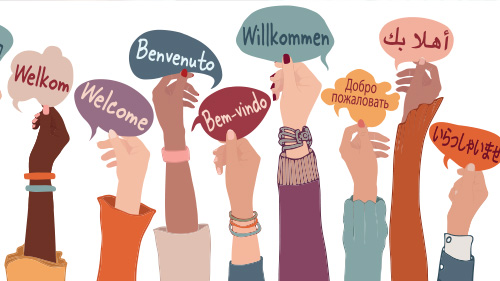
What happens when we stop seeing language diversity as a barrier and start embracing it as our greatest classroom asset?
`I still remember the afternoon when a group of Vietnamese students approached me in my classroom. It was my second year of teaching, and I wasn't sure what to expect when they asked if I'd sponsor a Vietnamese Club. The school had clubs for Black and Chicano learners, but no Vietnamese faculty member existed to sponsor their cultural group.
What happened next transformed my entire approach to working with multilingual families.
One afternoon, about thirty students and several grandmothers showed up at my house to wrap spring rolls for carnival. Then, when they insisted I wear an ao dai for carnival, I realized something profound: these families weren't asking for help. They were offering partnership.
Pssst! Want to learn more with Dr. Berry? Watch this webinar.
Next month, I'm hosting "Family Engagement 2.0—Partnering with Multilingual Families," and I want to share why this conversation matters more than ever. We've been approaching family engagement all wrong. We invite parents to help with homework, attend conferences, and support school initiatives. But what if we flipped the script entirely?
What if instead of asking, "How can families support our literacy goals?" we asked, "How can families co-create literacy learning with us?"
In my sixth-grade classroom, I had students who spoke English, Hmong, Tagalog, Spanish, and Chicano- and African American English. Initially, I worried about reaching everyone across such linguistic diversity.
Then I stopped trying to manage the languages and started leveraging them.
When we studied ancient civilizations, instead of requiring traditional essays, I invited collaborative graphic storytelling projects. The results stunned me. Their work about the Silk Roads contained cultural insights I'd never encountered in textbooks. Students drew on their own cultural knowledge, and their oral explanations revealed sophisticated understanding that their written English couldn't yet capture.
The Questions That Change Everything
This led me to fundamental questions every educator should consider:
Think about your multilingual students. Do you know what stories their elders tell? What cultural wisdom gets shared around their dinner tables? These aren't "nice to know" extras—they're untapped curriculum resources.
Most schools offer translation services and think they're being inclusive. That's access—and it's important—but it's not partnership. Real partnership happens when families become literacy co-educators, when home languages are celebrated as cognitive assets, and when cultural knowledge enhances everyone's learning.
I learned this when those Vietnamese grandmothers taught me more about resilience and community in one evening than any professional development ever had. They didn't need me to bridge their culture to school—they needed me to make space for their culture to enhance school.
I'm guessing you have multilingual families who could transform your literacy instruction right now—if you knew how to partner with them authentically. Maybe there's a parent or caregiver who could bring cultural context to your novel study, or a community elder whose storytelling tradition could enhance your writing unit.
The question isn't whether multilingual families can contribute to learning. The question is whether you're ready to move from traditional "parent involvement" to authentic partnership.
But how do you make that shift? How do you build trust with families who may have had negative school experiences? What does authentic two-way communication actually look like? How do you create space for home languages without losing academic rigor?
In our upcoming webinar, we'll move beyond theory to practical strategies you can implement immediately. You'll discover how to facilitate bilingual book clubs, transform home reading projects into community celebrations, and position families as educational partners.
The truth is, your multilingual families aren't waiting for permission to be literacy educators. They're already doing sophisticated literacy work at home. They're waiting for schools ready to accept their partnership.
Ready to transform family engagement? Join us for "Family Engagement 2.0—Partnering with Multilingual Families" and discover how authentic partnership can revolutionize literacy learning for every student.
What's one way a multilingual family has enriched your classroom? Share your story in the comments.
Almitra L. Berry, Ed.D. serves as the content expert for multilingual development in Perfection Learning's Connections: Literature program for middle school and as an educational consultant for the program, contributing expertise on culturally and linguistically diverse learners. Follow her on BlueSky @almitraberry for ongoing insights.
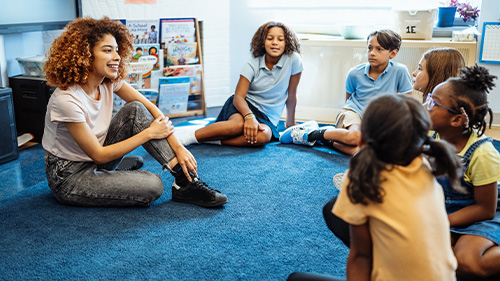
Walk into a middle school classroom during a lively literature circle and you’ll hear questions, laughter, debate, and—most important—learners...

As middle school educators, we know the moment when a learner comes alive in class. Maybe they're debating a character's motivation or crafting a...

When I think about the success stories of my middle school emergent bilingual learners, I can’t help but smile. What about you? Sure, there were...

Do you ever have one of those days where you ponder, “What on Earth am I doing, and am I doing it right???” I did. Often. And they were often...

The summer break is winding down, and soon you'll be setting up your classroom for another year of learning adventures. Whether you're a first-year...
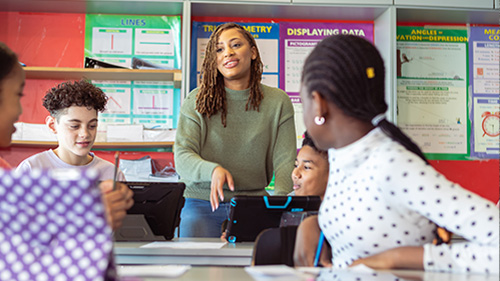
It’s that time! The school year is beginning and you’re ready to welcome up to 180 new learners into your classroom. Whether you’re in your first...

Okay, real talk without judgement: How often do you arrive at school in the morning only to second-guess your Middle School ELA class routines? You...

In my last post, I shared the success stories of two of my multilingual learners. I told you I used strategies, but I didn’t share which ones.
.jpg)
Congratulations! You’re well into the first semester now. You’re developing new and solid relationships with your learners and creating a classroom...
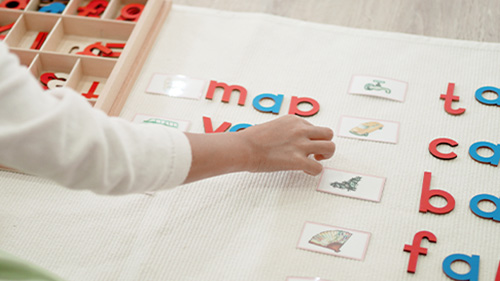
In American K-12 public schools, English language learners (ELLs) make up over 10% of students. 10% may not sound like much, but that’s over 5...
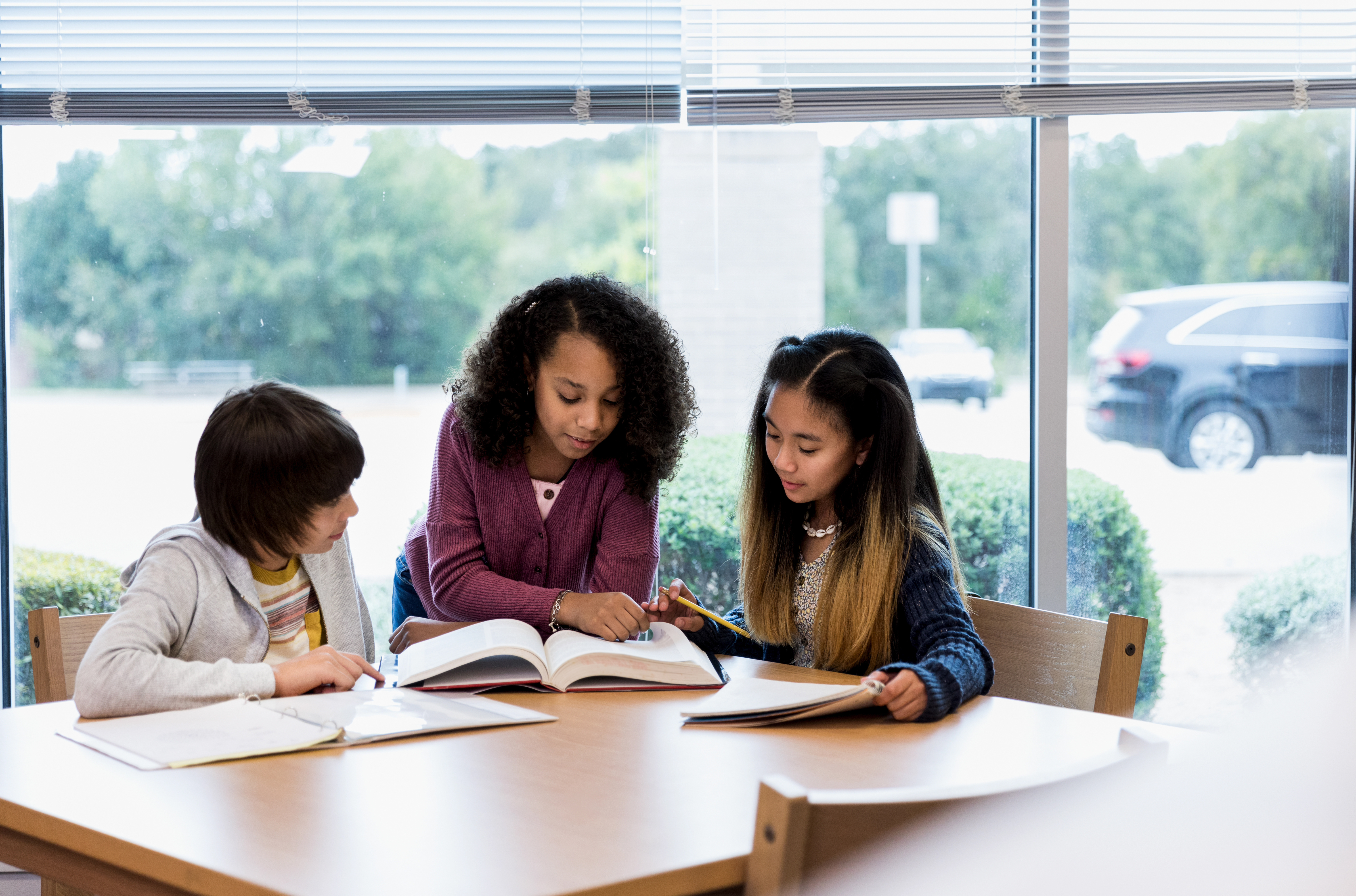
Transitional literacy focuses on bridging the gap between basic reading skills and more advanced literacy skills necessary for success during middle...
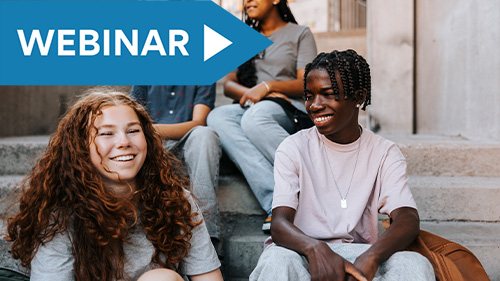
Join Dr. Almitra Berry (A L Berry Consulting) to learn about intentional text selection for ELA Learners in this informational webinar.
